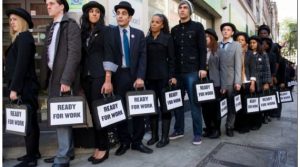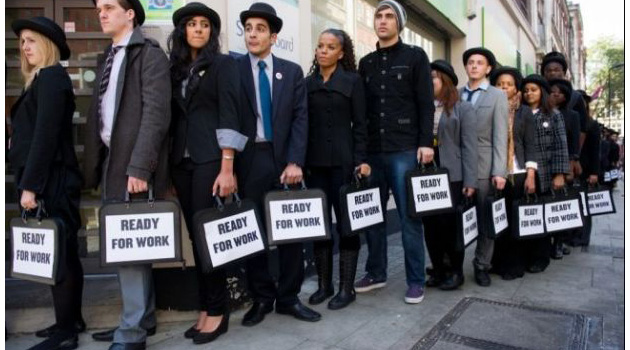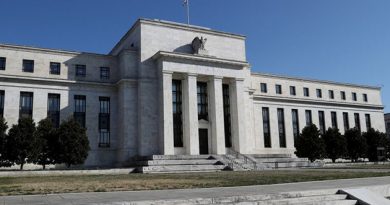April Job Growth is Expected to be Strong, and Unemployment Could Hit a New Generational Low

April’s employment report should show the job market is firing on all cylinders, and that most people who want a job can find one — all the conditions needed for an ultimate pickup in wages.
Economists estimate that nearly 200,000 jobs were created in April, and unemployment may have dipped to 4 percent for the first time since the tech bubble.
“It’s a generation ago,” Mark Zandi, chief economist at Moody’s Analytics, said of the unemployment level.
The unemployment rate is expected to tick down to 4 percent from 4.1 percent when it is reported Friday at 8:30 a.m. ET, and the economists’ consensus forecast for nonfarm payrolls is 192,000, according to Thomson Reuters.
Hiring was expected to be broad-based with gains in professional categories, manufacturing, leisure and construction, which fell 15,000 in March when stormy weather dampened building activity. March’s employment report was also weak, with job growth of just 103,000 due to weather and payback for a strong February.
Economists expect a 0.2 percent pickup in wages, or 2.7 percent year-over-year. Zandi, who expects a slightly lower rate, said wages have been picking up.
“People are coming back to the labor force,” Zandi said. “The record number of open positions and rising wages is attracting people that were on the margins.” That drives unemployment lower.
“The other dynamic that could happen, and this happened before, is businesses start to hire forward. You think you have such high turnover that you hire in advance,” said Zandi.
Barclays’ chief economist, Michael Gapen, said there’s an outside chance unemployment, at 4.1 percent since October, could fall even lower to 3.9 percent for April, though he has a forecast of 4 percent. The last time unemployment was 4 percent or below was in December 2000, and it had mostly been 4 percent or lower that entire year. Before that, unemployment was last at those levels in the 1960s, he said.
U.S. unemployment rate
Gapen expects to see 175,000 jobs were created. Due to the expected boost to the economy from tax cuts and stimulus, the economy could even see a 3 percent unemployment rate by the end of next year, he said.
The detail in April’s employment report that will be most important to markets Friday is average hourly earnings. That number is being watched as a metric on inflation, and if wage inflation picks up, the expectations are that other inflation gauges will move higher.
If inflation starts to rise more than it has, traders believe the Fed may respond and hike interest rates at a faster pace. The Fed is also looking at nearly full employment, and at some point the workforce will no longer be able to provide enough labor.
Joseph LaVorgna, Natixis chief economist Americas, said average hourly wages should pick up by 0.2 percent but he doesn’t expect big gains in wages.
“Wage growth for now is going to be capped just simply because there hasn’t been a lot of productivity acceleration. It’s going to be hard for average hourly earnings to break out from what has been a pretty modest range,” he said.
LaVorgna said he’s watching the participation rate to see if it’s rising, which could slow the rate at which the unemployment rate is falling. He expects to see job growth of 175,000 and the unemployment rate at 4 percent.
“It’s unclear to me whether the job growth slows in a smooth orderly way or just hits a wall, and companies will say, ‘I can’t find workers; that’s it,'” said Zandi. “There aren’t enough people that are outside the labor force that are going to come in and save the day.”
Zandi said the tax cuts and spending increases will continue to flow into the economy into the fourth quarter of 2019, and that’s when the labor market should be at its tightest. In the meantime, the Fed needs to move ahead to raise interest rates.
“They’ve got to normalize policy quickly. They’re still at three rate hikes this year,” said Zandi. “I think there’s going to be so much pressure for them to speed up the pace and go at least once a quarter.”
Zandi expects to see 210,000 jobs were added in April.
“The underlying trend feels like it’s around 200,000 at this point,” Zandi said. “It all feels pretty strong. There’s nothing in the underlying data that would suggest any kind of weakening in activity.”
Courtesy : CNBC
Photo : WordPress.com
[social_warfare buttons=”Facebook,Pinterest,LinkedIn,Twitter,Total”]



